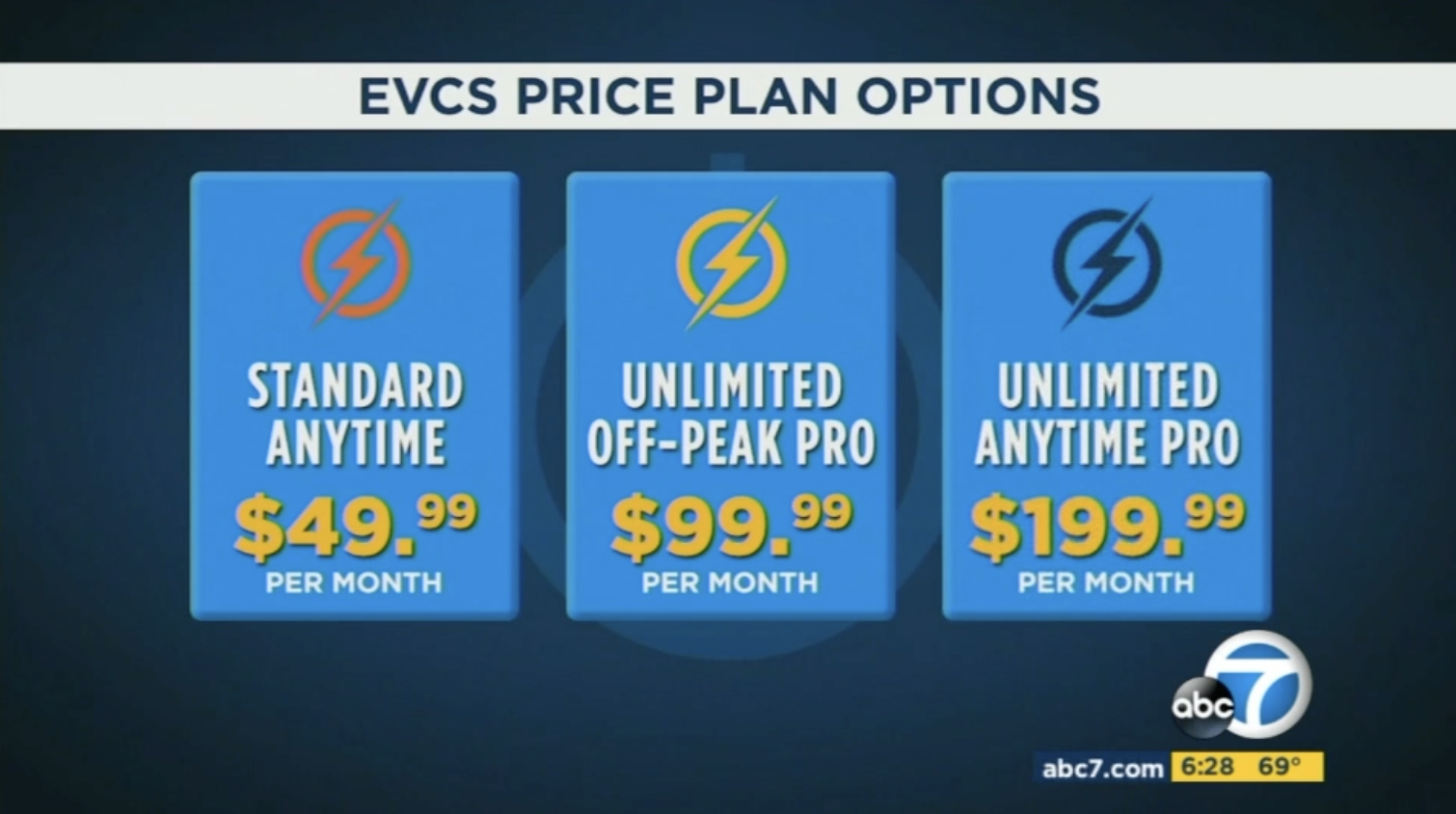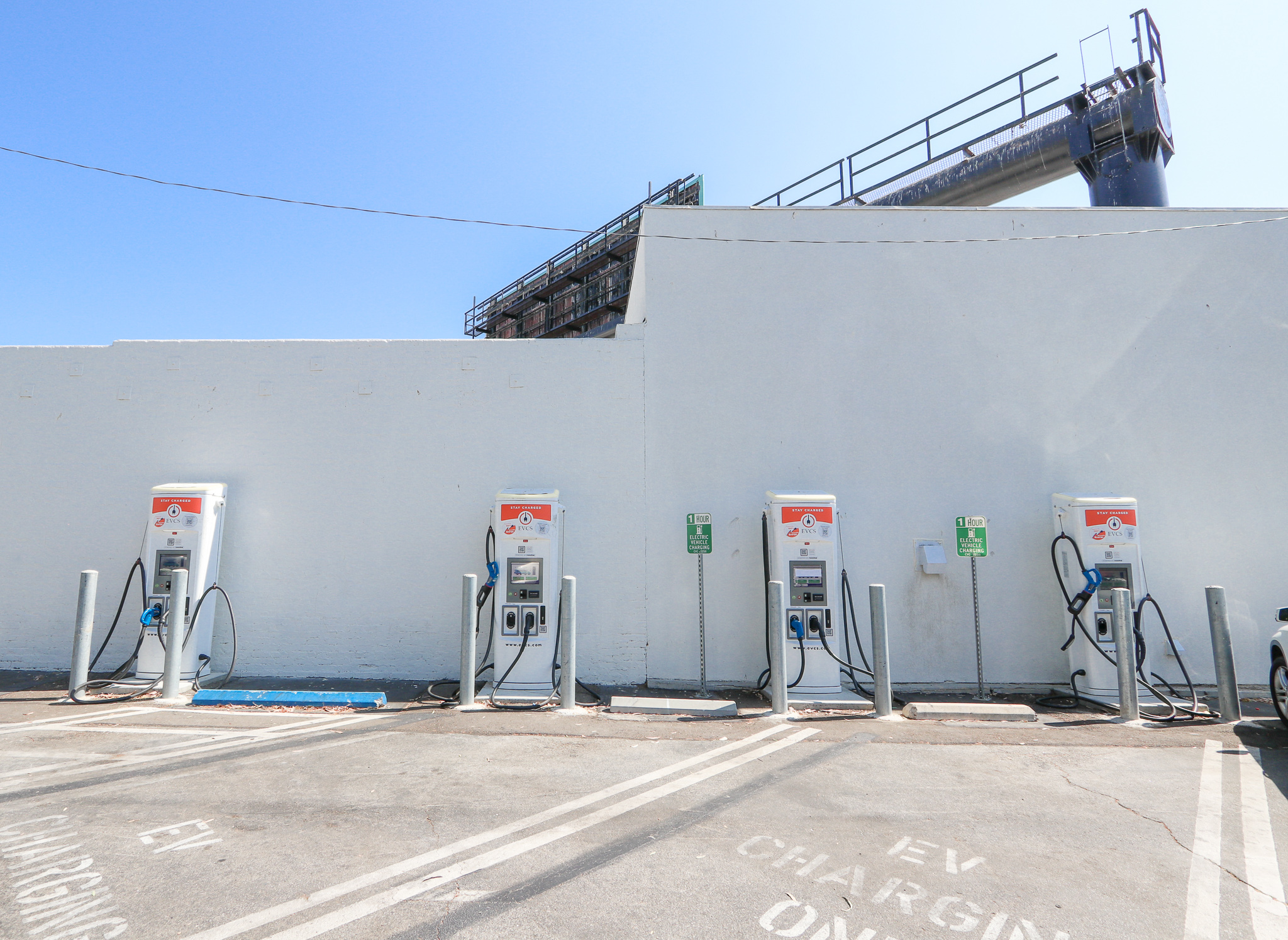How EVCS is Addressing the Surging Demand for EVs
The EV world has much to celebrate this year. It seems we’ve reached a turning point. While the overall number of new vehicles sold in America between Q2 2021 and Q2 2022 slumped by 20%, EV sales during that same period jumped over 66%, according to figures released by Cox Automotive. This comes on the heels of a larger global trend, with worldwide EV shipments up 79% year over year.
READ MOREABC7 Interview with EVCS: Making the switch to an EV? This company uses subscription pricing to ease cost at charging stations
LOS ANGELES (KABC) -- With lots of electric cars already on the road, and potentially millions more to come, one of the related issues is charging infrastructure. Can it work?
READ MOREThe Race to Democratize Charging Infrastructure
According to McKinsey & Company, “As the number of EVs on the road increases, annual demand for electricity to charge them would surge from 11 billion kWh now to 230 billion kWh in 2030… Modeling indicates that nearly 30 million chargers would be needed to deliver so much electricity in that year. While most of these chargers would be installed at residences, 1.2 million would [need to] be public chargers.” More importantly, these public chargers must be targeted to drivers of all ages, genders, races, cultures, income levels and geographic segments. As such, EVCS has identified three primary areas necessary to increasing the democratization of charging infrastructure:
READ MORENavigating California’s New EV Mandate
California’s going all in on electric. On August 25th, Governor Gavin Newsom made a very important announcement concerning the future of transportation in the Golden State: “We can solve this climate crisis if we focus on the big, bold steps necessary to cut pollution. California now has a groundbreaking, world-leading plan to achieve 100 percent zero-emission vehicle sales by 2035.” Big and bold, indeed. And while highly encouraging, it brings up a number of questions moving forward.
READ MOREHow EVCS is Repairing Reliability Concerns
One of the biggest concerns among EV drivers today is the reliability of public chargers. One recent survey from the Department of Bioengineering at UC Berkeley claims as many as 23% of public chargers in the Bay Area alone are, as Wired sums up, “nonfunctioning at any given time, stymied by broken screens, shoddy credit card or payment systems, network connection failures, or damaged plugs.” And that’s in a locale prioritizing the conversion to electric. Testimony from motorists seems to corroborate these findings. A CEC survey of 1,290 EV drivers found that fully 60% had experienced damaged or inoperable chargers, while almost half needed assistance from customer service. We find this wholly unacceptable and have taken measures to ensure that chargers in the EVCS network rise to the standard of operability our customers expect. Here are a few ways we’re doing that:
READ MORE.svg)
.svg)

.svg)











